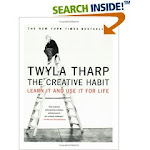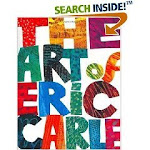
The Sacred Path of the Warrior - etching
To improve myself or to accept the me I am today? that is the question.
There are so many messages in my world that are trying to persuade me I'm not good enough the way I am. Self-help books, advertisements, women's magazine articles, personal growth workshops - all promise a brighter, better me if I follow their advice. And yet...
as Thomas Moore says in Care of the Soul - following the path of self-improvement is often a subtle rejection of self, exacerbating the feeling of not being good enough.
This same call to accept myself as I am right now has come to me in several ways this week. I've learnt from experience that the same message coming from different sources is definitely worth taking seriously.
I remembered a quote I saved from Nietzche:
"living in constant chase after gain compels people to expand their spirit to the point of exhaustion in continual pretence and overreaching and anticipating others."
When I feel out my present life, it is true I often feel exhausted and I know my past response to not feeling good enough is to try and do more and it is usually too much and then I feel tired and resentful and also a slight panic in my stomach because I have not actually done all I thought I should do.
My spiritual teacher tells me that accepting myself as I am opens the connection to my heart and leaves a feeling of peace. Just contemplating that feels so good.
My fear has been that if I don't try and improve, nothing will change and there will be no growth. But maybe, what is left is - maturing. After all, trees and plants grow naturally - they are not trying to improve themselves - they're just being what they are in every moment. They change and grow according to their own natures and the rhythms of the seasons.
So perhaps my journey instead of being one of improvement is actually one of acceptance. I like that.














